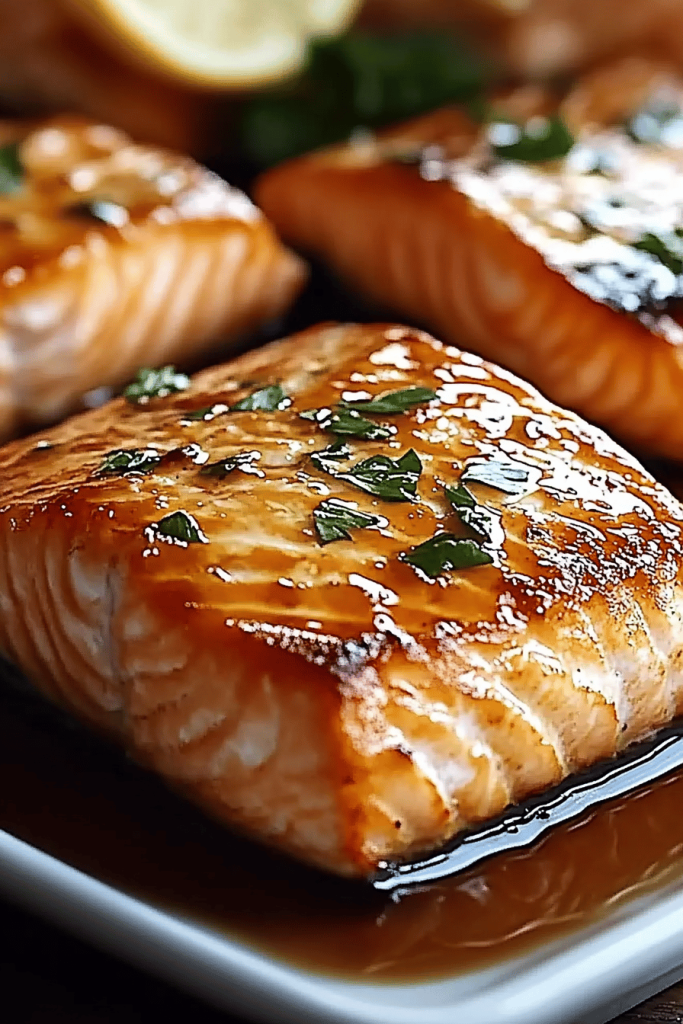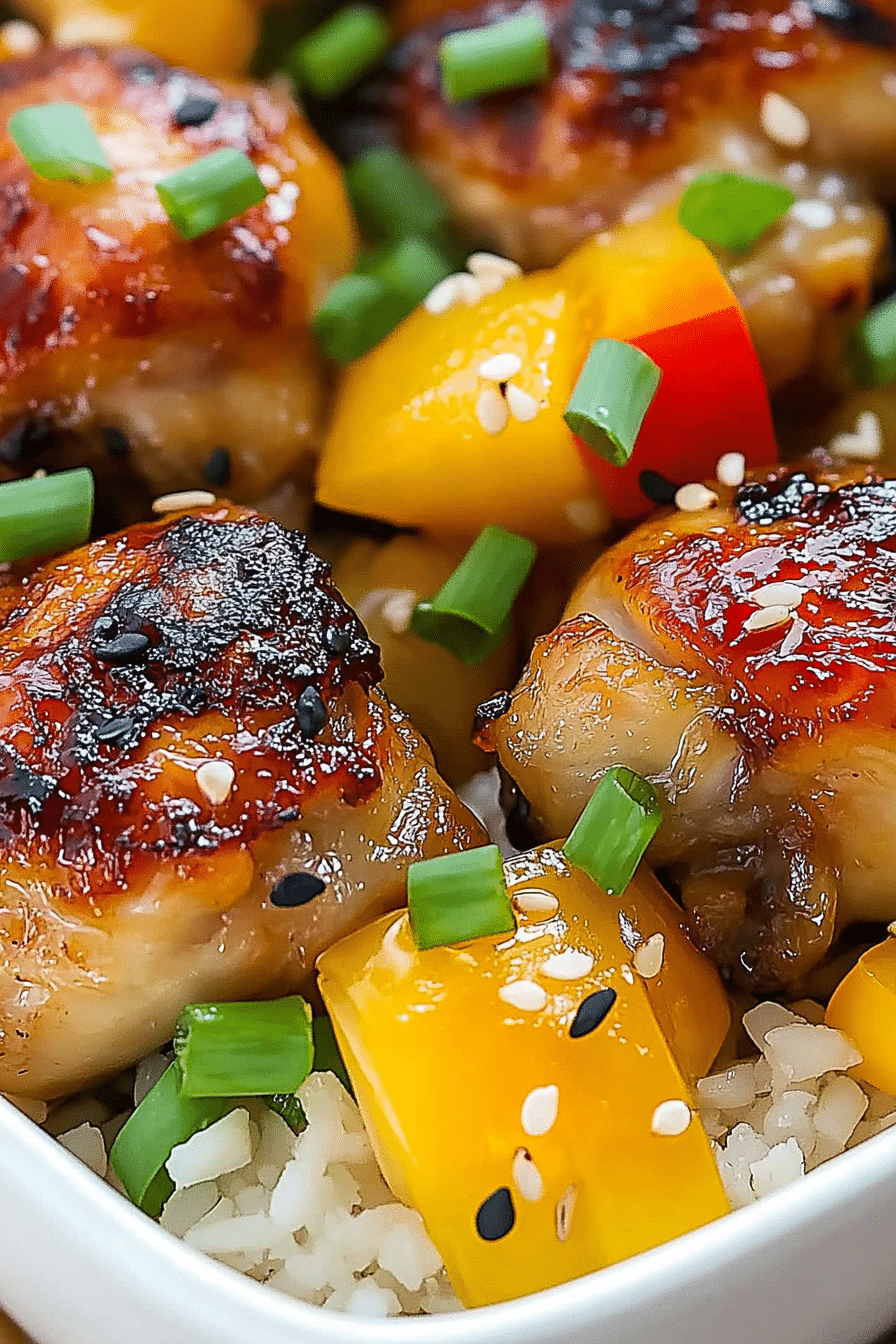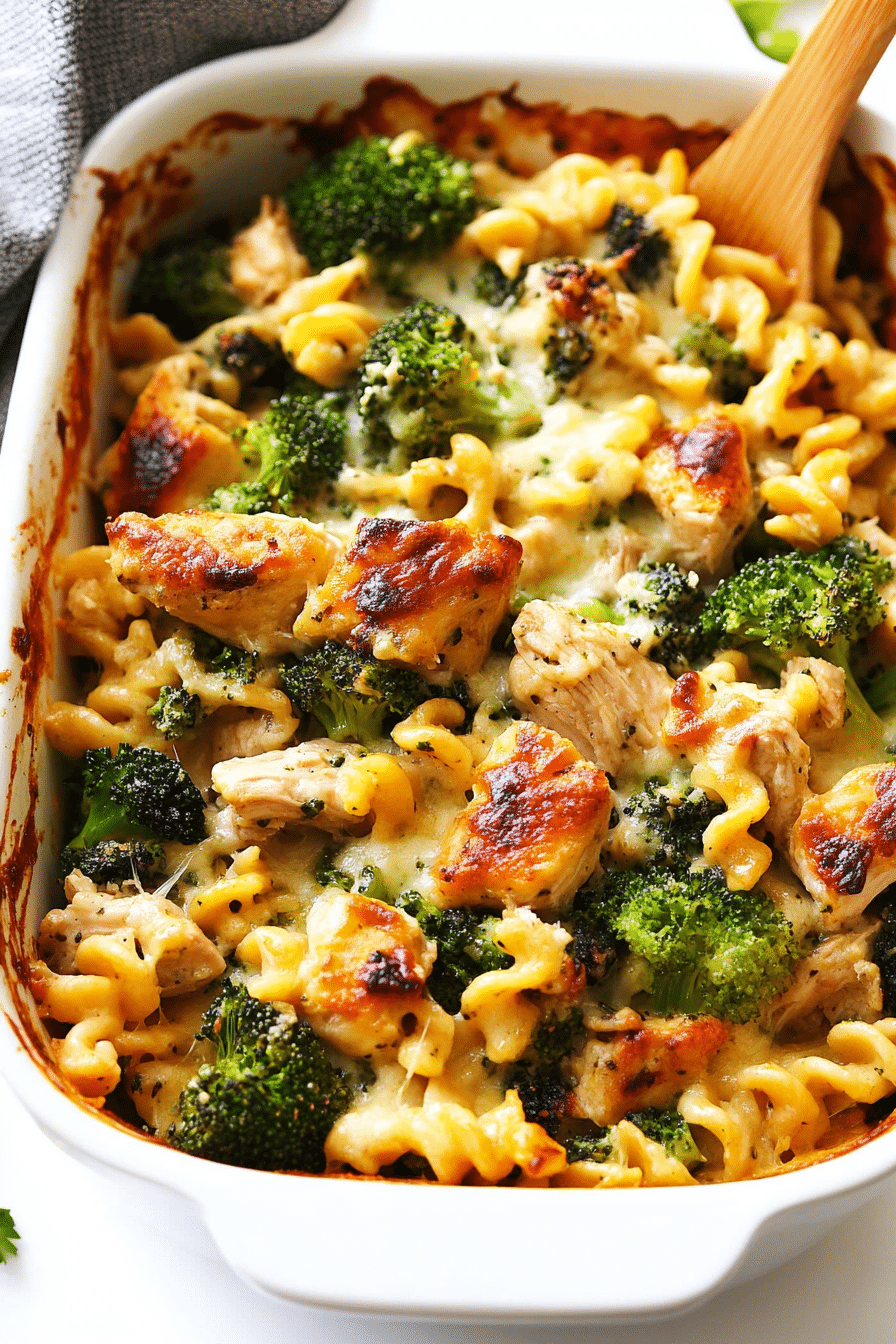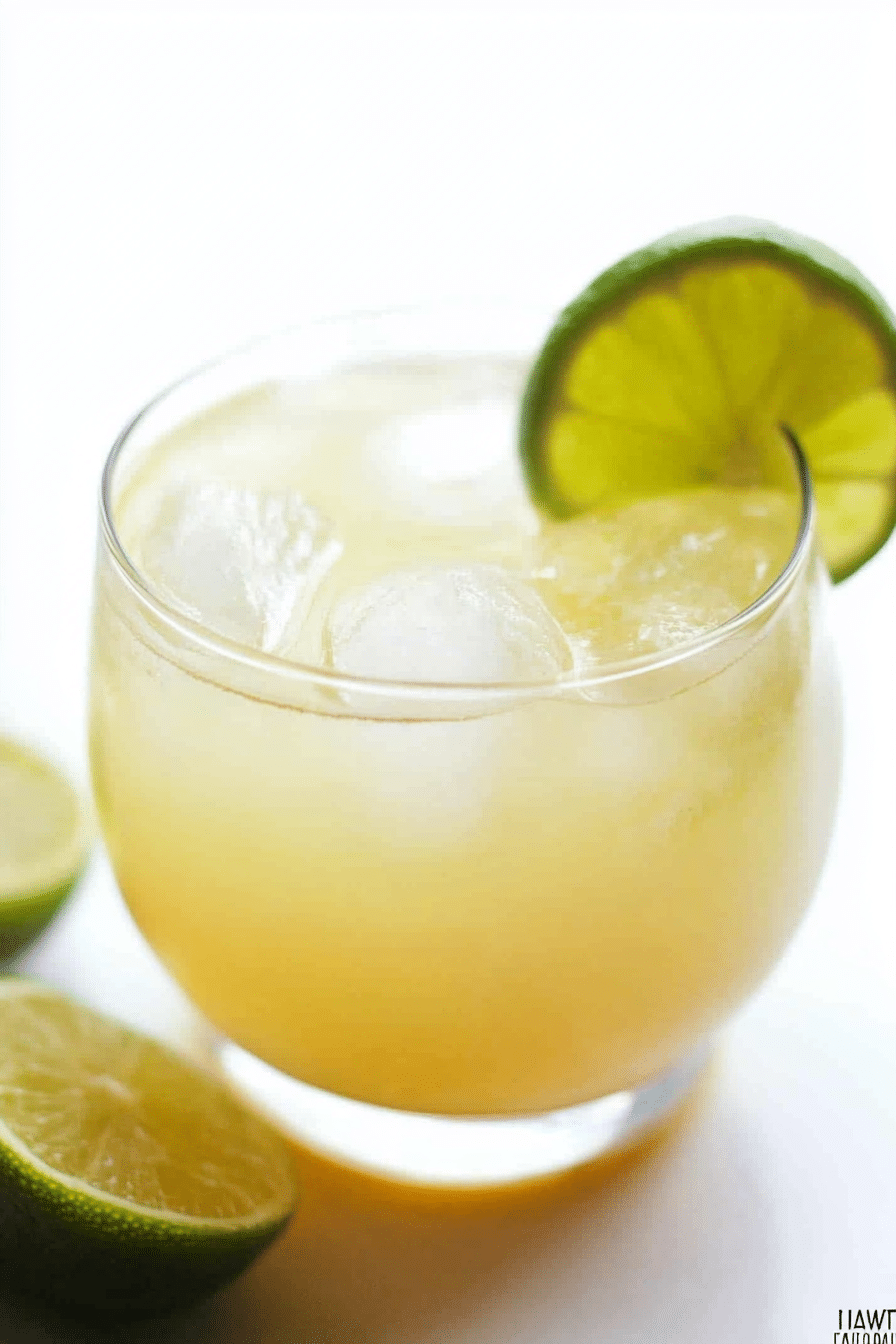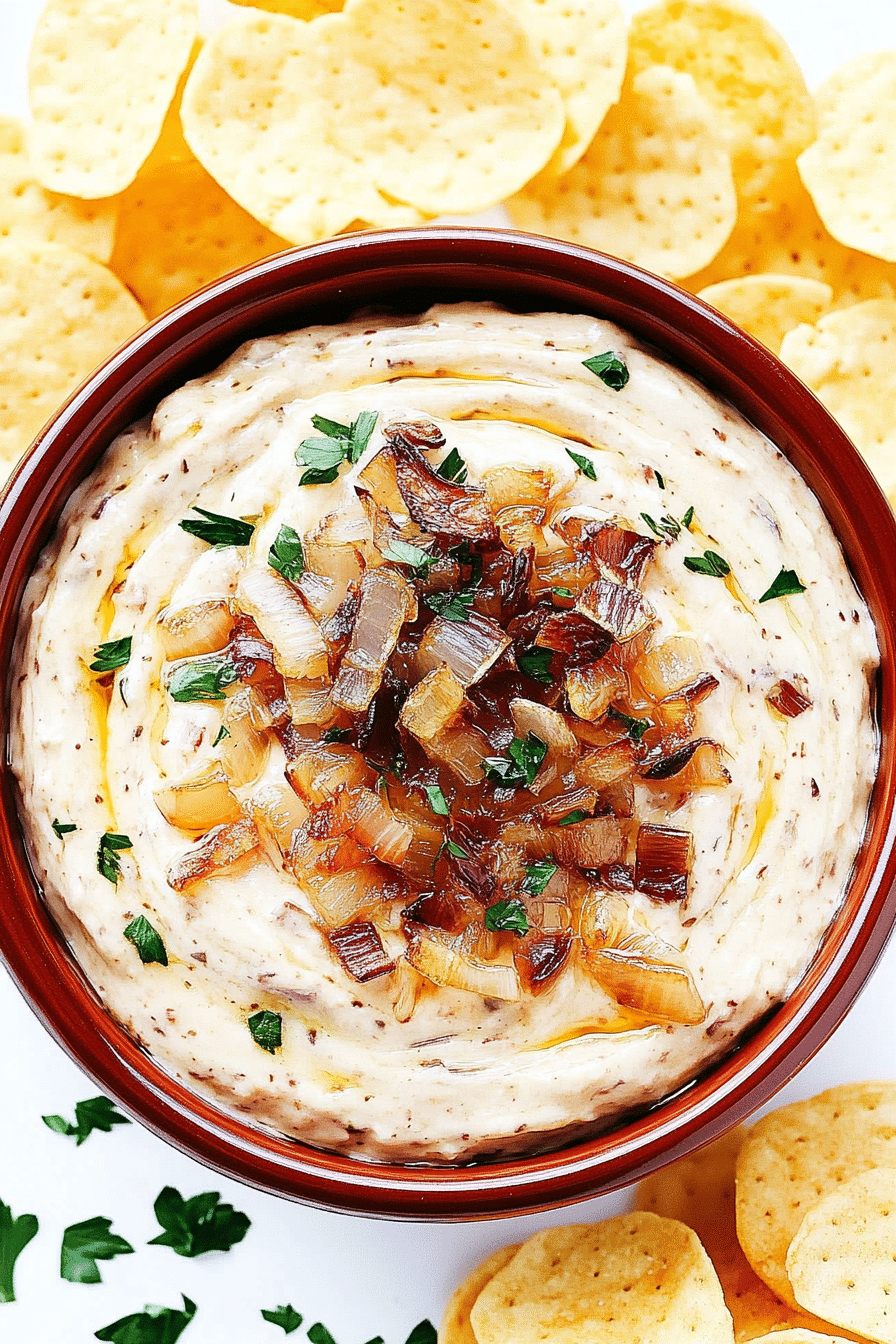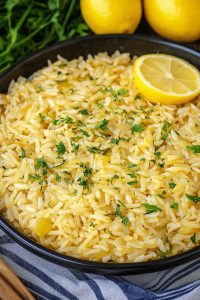You know those nights? The ones where the clock is ticking, the kids are hovering around the kitchen demanding snacks, and the thought of making anything complicated feels like scaling Mount Everest? Yeah, those are the nights I practically live for this baked Salmon Recipe. It’s become my absolute go-to, a true culinary lifesaver. Honestly, it’s so simple and so ridiculously tasty that my family requests it at least once a week. It’s like a magic trick in the oven, transforming humble salmon fillets into something truly special without all the fuss. If you’ve ever thought salmon was intimidating or tricky to get right, stick with me. This is going to change your mind, I promise. Forget those fancy, fussy recipes you see online; this is the real deal, the kind of meal that makes weeknights feel like a win.
Thank you for reading this post, don't forget to subscribe!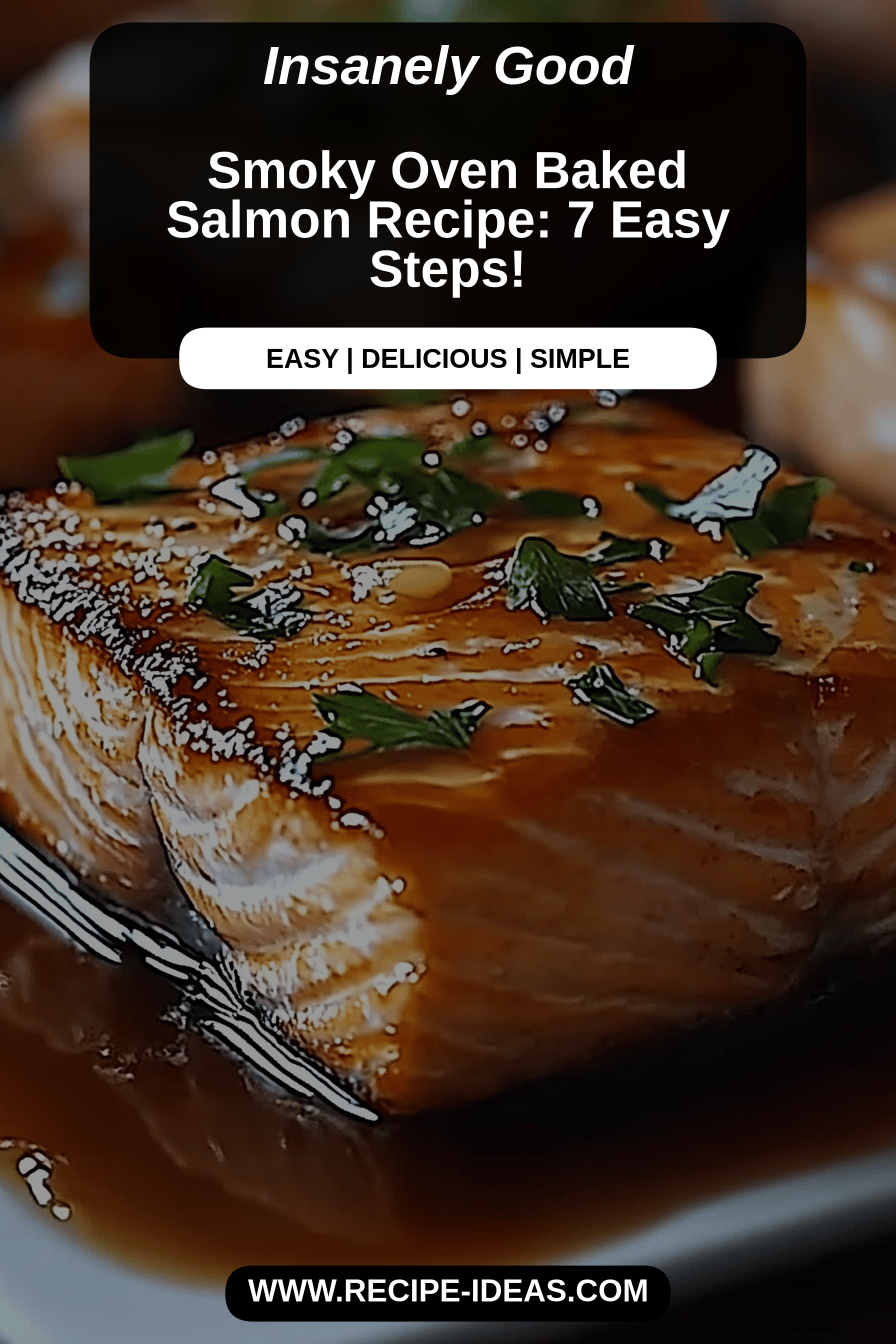
What is simple baked salmon?
So, what exactly *is* this “simple baked salmon” I keep raving about? Well, at its heart, it’s exactly what it sounds like: salmon baked to flaky perfection. But what sets this version apart is its approachability and incredible flavor payoff for minimal effort. Think of it as the ultimate weeknight hero – a base recipe that’s unbelievably forgiving and easily adaptable to whatever you have on hand. It’s not about fancy marinades that take hours or complicated techniques. It’s about letting the beautiful salmon shine, enhanced by a few simple, complementary flavors that bring out its natural richness. It’s essentially a blank canvas that’s already delicious, ready for you to add your own personal touch or just enjoy it exactly as it is. This is the kind of meal that makes you feel like a culinary rockstar, even if you’ve only got ten minutes to prep.
Why you’ll love this recipe?
I have a recipe for baked salmon and I have to say that I love it. I’m not sure why. I’m just saying thatflavor is just out of this world. We’re talking tender, flaky salmon with a beautifully developed, subtle sweetness and just the right amount of savory depth. It doesn’t overpower the fish; it enhances it. Then there’s the simplicity. Seriously, if you can preheat an oven and open a package of salmon, you can make this. I’ve made this countless times when I’ve felt completely drained, and it never fails to deliver. It’s a lifesaver on busy evenings, and it’s surprisingly cost-efficientHow can I make salmon a regular meal?versatility! Oh my goodness, you can serve this with almost anything. Roasted vegetables, a simple salad, rice, potatoes – it all works. I’ve even served leftovers cold in salads the next day and it was still fantastic. It’s similar in its ease to my go-to lemon herb roasted chicken, but it cooks up so much faster. What I love most about this particular baked salmon is that it truly tastes like it took way more effort than it actually did. It’s elegant enough for guests but casual enough for Tuesday night dinner. It hits all the right notes for me.
How to Make Simple Baked Salmon
Quick Overview
This recipe is all about effortless elegance. You’ll simply season your salmon fillets, perhaps add a touch of brightness with some citrus or herbs, and let the oven do the work. The magic happens as the salmon cooks, becoming incredibly moist and flaky. It’s a hands-off approach that yields maximum flavor with minimal fuss, proving that delicious meals don’t have to be complicated. You’ll be amazed at how quickly this comes together from start to finish.
Ingredients
For the Salmon:
You’ll need about 1.5 to 2 pounds of salmon fillets. I usually go for skin-on fillets because the skin helps keep the fish moist and it gets wonderfully crispy, but skinless works just fine too. Look for fillets that are a nice, vibrant pinkish-orange and feel firm to the touch. You can usually find great salmon at your local grocery store or fish market. If you’re feeling adventurous, wild-caught is fantastic, but good quality farmed salmon works beautifully here. For seasoning, I always keep a good quality olive oil on hand – it’s the backbone of so many dishes for me. A generous amount of sea salt and freshly cracked Black Pepper are non-negotiable; they truly bring out the best in the salmon. A squeeze of fresh lemon juice right before baking adds a lovely brightness that cuts through the richness, and a few sprigs of fresh dill or parsley are lovely if you have them, but totally optional!
For the Simple Glaze (Optional but Recommended!):
This is where you can really elevate things with almost no extra effort. My go-to glaze usually involves a tablespoon or two of melted butter (unsalted, please!) or, for a slightly healthier twist, a good quality Olive oil. Then comes the flavor: a teaspoon of Dijon mustard adds a wonderful tang, and a drizzle of honey or maple syrup (just about a teaspoon) brings a subtle sweetness that caramelizes beautifully in the oven. A tiny pinch of garlic powder or a finely minced clove of garlic adds another layer of savory goodness. This glaze is really just a suggestion; feel free to play around with it! A splash of soy sauce or tamari for an umami kick, or a sprinkle of smoked paprika for a hint of smokiness, are also wonderful additions.
For Serving:
Fresh lemon wedges are a must for that last little squeeze of citrus at the table. Fresh herbs like parsley or dill, chopped finely, make a beautiful garnish and add a pop of color and freshness. And of course, whatever sides you choose to accompany your perfectly baked salmon!
“Made the baked salmon tonight and wow — perfect weeknight dinner. Will definitely make again!”
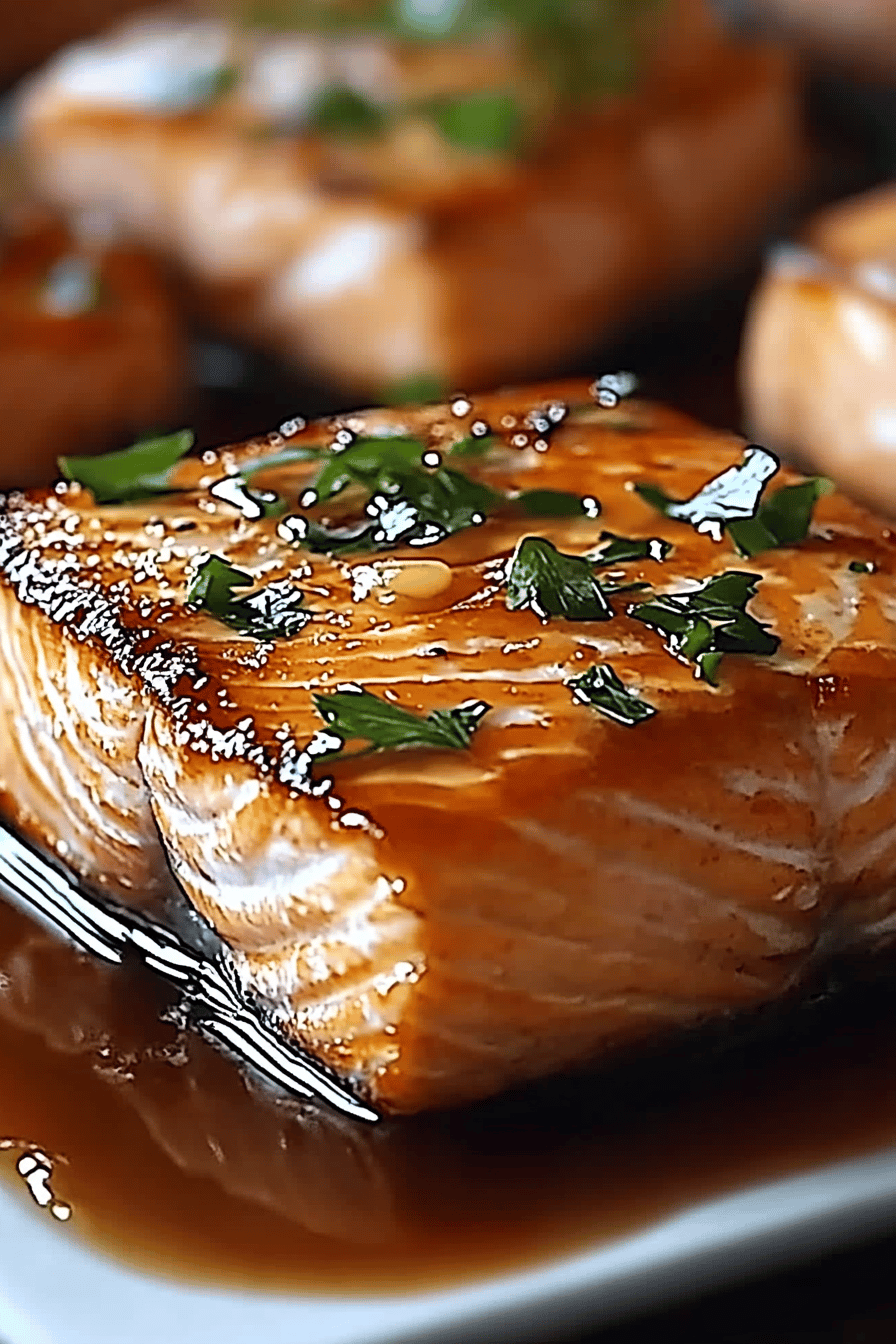
Step-by-Step Instructions
Step 1: Preheat & Prep Pan
First things first, get that oven preheating to 400°F (200°C). It’s important to give it enough time to reach temperature so your salmon cooks evenly. While the oven is heating, grab a baking dish or a rimmed baking sheet. I usually line my baking sheet with parchment paper or aluminum foil – it makes cleanup an absolute breeze! Trust me on this one, especially after a long day. If you’re using a baking dish, a light coating of olive oil or cooking spray is all you need.
Step 2: Prepare the Salmon
Gently pat your salmon fillets dry with paper towels. This step might seem small, but it really helps in getting a nice texture and allowing the seasonings to adhere better. Place the salmon fillets onto your prepared baking sheet or dish. Make sure they have a little space between them so they cook rather than steam.
Step 3: Season Generously
Now for the flavor! Drizzle your salmon fillets generously with olive oil, making sure to coat the tops and sides. Sprinkle them liberally with sea salt and freshly cracked Black Pepper. I don’t skimp here; this is where the foundation of flavor is built. If you’re using fresh herbs, you can tuck a few sprigs around or on top of the salmon now, or mince them finely and sprinkle them over. A squeeze of fresh lemon juice over the top adds a lovely, bright note.
Step 4: Prepare the Glaze (If Using)
If you’re opting for the glaze, whisk together your melted butter or olive oil, Dijon mustard, honey or maple syrup, and garlic powder (or minced garlic) in a small bowl. It should be a nicely combined, slightly glossy mixture.
Step 5: Glaze the Salmon (If Using)
Spoon or brush this glaze evenly over the tops of the salmon fillets. Don’t worry if it drips down the sides a little; that’s all good flavor!
Step 6: Bake to Perfection
Pop the baking sheet or dish into your preheated oven. Now, here’s where timing can vary slightly depending on the thickness of your fillets. Generally, salmon bakes for about 12-15 minutes per inch of thickness. A good visual cue is when the salmon flakes easily with a fork and the center is opaque but still moist. For thinner fillets, check around 10 minutes. For thicker ones, you might need closer to 18-20 minutes. It’s always better to undercook slightly and give it another minute or two than to overcook and have dry salmon!
Step 7: Rest Briefly
Once cooked, remove the salmon from the oven. Let it rest on the baking sheet for about 5 minutes. This allows the juices to redistribute, resulting in an even more moist and tender piece of fish.
Step 8: Serve and Enjoy!
Serve your beautiful baked salmon immediately. Garnish with fresh lemon wedges and a sprinkle of fresh herbs if desired. It’s ready to be enjoyed with your favorite sides!
“Packed with flavor and so simple. Exactly what I wanted from this baked salmon!”
What to Serve It With
This baked salmon is so versatile, it practically begs to be paired with a variety of sides, making it perfect for any meal of the day. For a quick and healthy breakfast, I sometimes enjoy a smaller piece alongside some scrambled eggs and a slice of whole-wheat toast – it’s surprisingly satisfying and gives you sustained energy. When I’m hosting a weekend brunch, I love to serve it family-style with a vibrant quinoa salad, some roasted asparagus, and maybe a light hollandaise sauce. It looks so elegant on the table! As a lighter dessert option, though it sounds unusual, a small portion of this salmon can actually be quite lovely alongside a crisp green salad with a tangy vinaigrette – the richness of the fish contrasts beautifully with the fresh greens. And for those cozy snack moments when you just want something nourishing and comforting, this salmon is perfect. I’ll often pair it with some simple steamed broccoli or a small portion of creamy mashed potatoes. My kids absolutely love it when I serve it with their favorite Roasted Sweet potato fries. It’s a meal that feels wholesome and satisfying, no matter how you serve it. One of my favorite traditions is to make a big batch for Sunday dinner and then use any leftovers for lunches throughout the week in salmon salads or on top of pasta.
Top Tips for Perfecting Your Baked Salmon
Over the years, I’ve picked up a few little tricks that I think make this simple baked salmon recipe even better, and I’m happy to share them with you! First, quality matters. While this recipe is forgiving, starting with fresh, good-quality salmon really does make a difference in taste and texture. If your salmon feels a bit soft or smells off, it’s probably best to skip it. My biggest tip for ensuring moist salmon is not to overcook it. I’ve learned this the hard way! Salmon continues to cook even after you take it out of the oven, so aim to pull it out when it’s *just* cooked through. A good indicator is that the flesh should be opaque and flake easily with a fork, but still look a little moist in the center. If you’re unsure, it’s better to err on the side of undercooking and let it rest for a few extra minutes. When it comes to seasoning, don’t be shy with the salt and pepper! They are crucial for bringing out the natural flavor of the fish. I also love using a good quality olive oil; it adds a subtle fruitiness that complements the salmon beautifully. If you’re using the glaze, I find that applying it about halfway through the baking time often gives it the best chance to caramelize without burning. For thinner fillets, you might want to apply it right at the beginning. I’ve experimented with different kinds of honey and maple syrups, and while they all work, a lighter honey tends to give a more delicate sweetness. For a more robust flavor, a darker honey or maple syrup works great. If you don’t have Dijon mustard for the glaze, a little bit of horseradish can provide a nice pungent kick, though it changes the flavor profile. And my ultimate cleanup hack? Always use parchment paper or foil for lining your baking sheet. It saves so much scrubbing and makes enjoying this meal even more stress-free. I also find that letting the salmon rest for a few minutes after baking makes a significant difference in its final texture – it’s like letting a steak rest, but for fish!
Storing and Reheating Tips
One of the best things about this baked salmon recipe is how well it stores, making it perfect for meal prep or enjoying leftovers. If you have any cooked salmon that you won’t be eating right away, it’s best to store it promptly once it has cooled down to room temperature, which usually takes about an hour. For refrigerator storage, I like to place the leftover salmon in an airtight container. You can also wrap it tightly in plastic wrap or aluminum foil. Stored this way, it should stay fresh and delicious for about 3 to 4 days. I’ve found that salmon stored with a little bit of its natural juices or a light drizzle of olive oil tends to stay more moist. For room temperature storage, it’s really only safe to leave cooked salmon out for a maximum of two hours. Beyond that, it starts to enter the danger zone for bacterial growth, so I always put leftovers away promptly. I’ve never actually frozen this baked salmon myself, mostly because it’s so quick to make fresh, but if you needed to, freezer instructions would be similar to other cooked fish. Ensure it’s well-wrapped in plastic wrap followed by a layer of aluminum foil or placed in a freezer-safe container. It should last in the freezer for about 2 to 3 months. To thaw, transfer it to the refrigerator overnight. When it comes to glaze timing advice, if you plan to refrigerate leftovers, I often find it best to apply the glaze *after* reheating, or to add a fresh drizzle of something simple like olive oil or lemon juice. The glaze can sometimes become a bit sticky or uneven when reheated. However, if you’re planning to eat it cold in a salad the next day, glazing it before refrigerating is perfectly fine and adds a nice touch of flavor.
Frequently Asked Questions
Final Thoughts
So there you have it – my absolute favorite way to make baked salmon. It’s a recipe that has genuinely made my life easier and tastier, and I really hope it does the same for you. It’s proof that you don’t need a ton of fancy ingredients or hours in the kitchen to create a meal that’s both healthy and incredibly delicious. The flaky texture, the perfectly seasoned flesh, that subtle hint of sweetness from the glaze… it all comes together to create something truly special. I find myself going back to this simple baked salmon time and time again, especially when I need a reliable, crowd-pleasing dish. If you love this recipe, you might also enjoy my Lemon Herb Roasted Chicken or my Easy Sheet Pan Shrimp Fajitas for more weeknight-friendly ideas. I can’t wait to hear what you think of this salmon! Please leave a comment below and let me know how yours turned out, or if you tried any fun variations. Your feedback means the world to me!
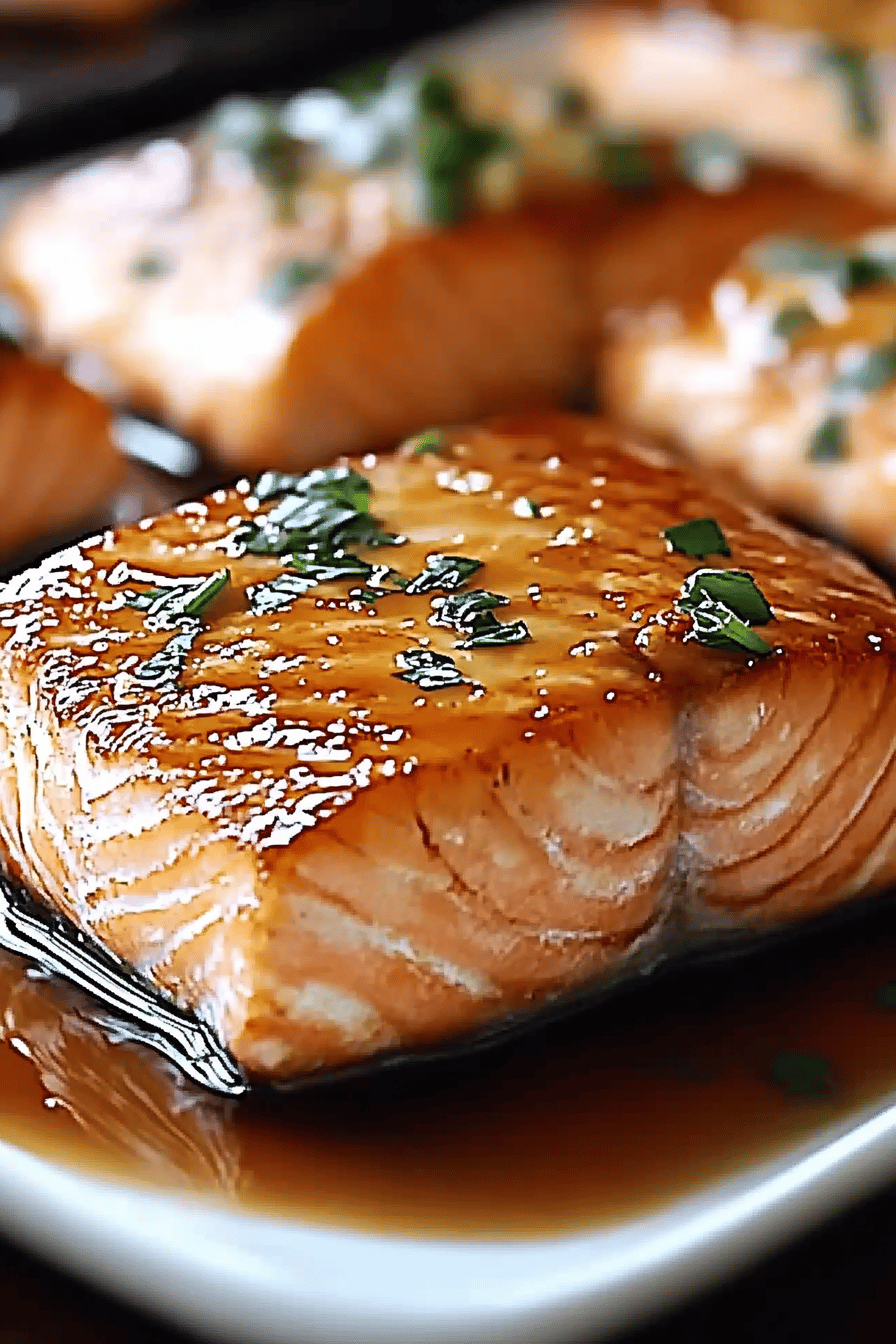
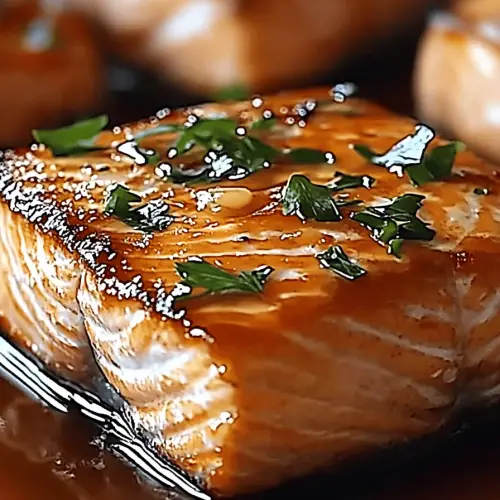
baked salmon
Ingredients
Main Ingredients
- 0.5 pound salmon fillet skin on or off
- 1 tablespoon olive oil
- 0.5 teaspoon salt
- 0.25 teaspoon black pepper
- 0.5 lemon lemon wedges for serving
Instructions
Preparation Steps
- Preheat your oven to 400°F (200°C).
- Place the salmon fillet on a baking sheet lined with parchment paper.
- Drizzle the salmon with olive oil and season with salt and pepper.
- Bake for 12-15 minutes, or until the salmon is cooked through and flakes easily with a fork.
- Serve immediately with lemon wedges.


